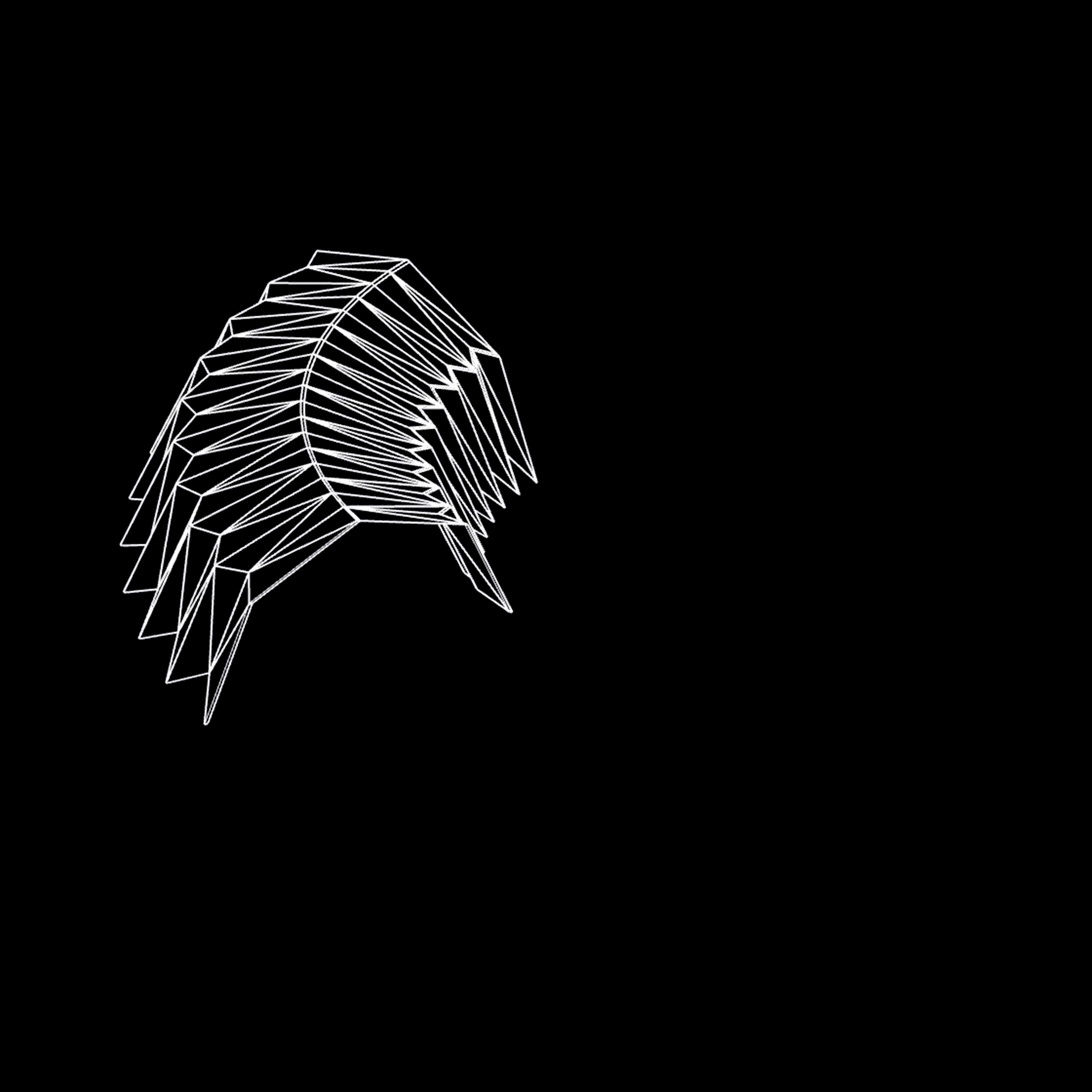
DEPLOYABLE SPACE HABITATS:
ORIGAMI ARCHITECTURE
In the not-so-distant future, humanity will land on the moon again after almost 50 years with the Artemis mission, and develop lunar outposts and other space habitats to maintain a long-term presence of humans on the moon. To propel the advancements of lunar habitats, we are researching deployable habitats (Class-II Space Habitats) featuring origami architecture, a revolutionary concept that significantly reduces payload mass and volume. Through meticulous research and development, we have delved into the myriad possibilities and challenges of these habitats, creating prototypes that defy conventional limitations. Our focus extends beyond lunar exploration, as we envision these habitats transforming life on Earth, and it satisfies the Sustainable Development Goals (SDGs) with certain modifications.


Tours Shaped Deployable Space Habitat
Origami Type: Central Axis Bellow Pattern Origami
% of volume increase: 700%
A torus-shaped habitat is an optimal choice for lunar habitation due to its superior structural stability and efficient load distribution, essential for enduring the Moon's harsh environmental stresses. The continuous, ring-like geometry of the torus maximizes habitable volume, facilitating diverse functionalities such as residential quarters, research laboratories, and storage areas. Furthermore, the origami-inspired design enables compact transportation and rapid deployment, which is paramount in space missions where cargo capacity is at a premium.

Kressling Pattern Deployable Space Habitat
Origami Type: Kressling Pattern Origami (Horizontal Deployment)
% of volume increase: 500%
A kressling pattern origami habitat represents an exemplary choice for lunar habitation owing to its exceptional structural resilience and adaptability. The kressling pattern, distinguished by its collapsible yet robust geometric configuration, achieves an optimal equilibrium between rigidity and flexibility. Its modular architecture facilitates efficient transportation and assembly, permitting scalable and customizable habitat configurations to accommodate diverse mission requirements. Moreover, the compact form factor inherent in the origami design ensures minimal payload volume, thereby optimizing the constrained cargo capacity available for lunar missions.

Origami Habitat on Earth
Origami habitats hold immense potential as temporary shelters due to their rigidity, modularity, and material versatility. Applications on Earth, includes analog habitats for scientists and astronauts conducting research in isolated environments, housing solutions in extreme climates like polar regions and deserts, and military camps that require rapid deployment and durability. Origami shelters also offer crucial benefits for quarantine facilities during pandemics and disaster relief efforts following floods, cyclones, or volcanic eruptions, thanks to their efficient packing and easy deployability.

Achieving Sustainable Development Goals
Origami habitats can significantly contribute to achieving several UNDP Sustainable Development Goals (SDGs). For SDG 1 (No Poverty), these habitats can be constructed using affordable, local, and sustainable materials, creating jobs and offering mass-produced, low-cost housing. SDG 3 (Good Health and Well-Being) is supported through designs that promote natural light and passive cooling, enhancing living conditions. By integrating solar panels, origami habitats advance SDG 7 (Affordable and Clean Energy). They also bolster SDG 9 (Industry, Innovation, and Infrastructure) by fostering industrial-scale production with local materials, reducing carbon footprints, and encouraging community participation. Additionally, origami habitats contribute to SDG 11 (Sustainable Cities and Communities) through better city planning and unique social interactions, SDG 13 (Climate Action) by minimizing carbon emissions and incorporating passive cooling, and SDG 17 (Partnerships for the Goals) by strengthening collaboration among public, private, and governmental bodies.
